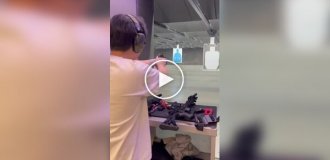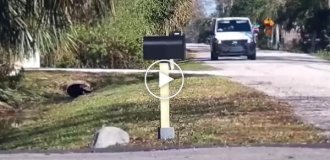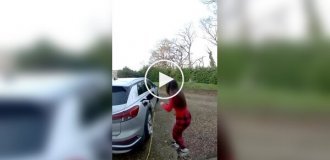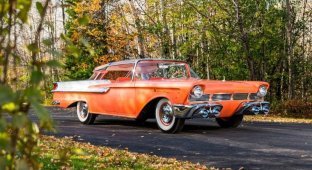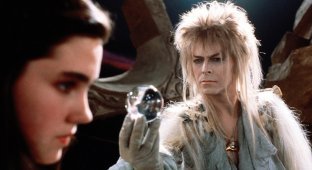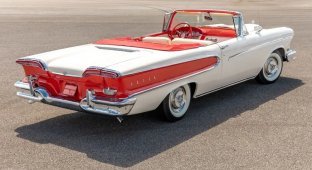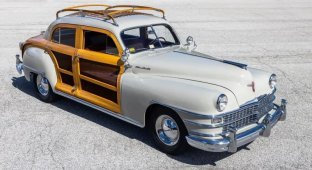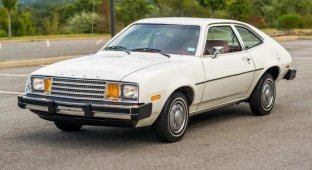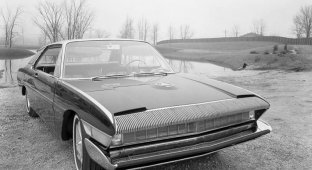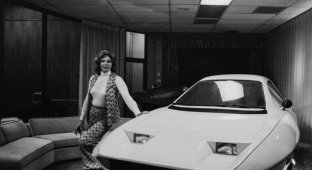How was the weather predicted in the 19th century? (5 photos)
Forecasters make weather forecasts using a variety of modern methods, up to artificial intelligence. But also traditional instruments like the barometer are still relevant today. 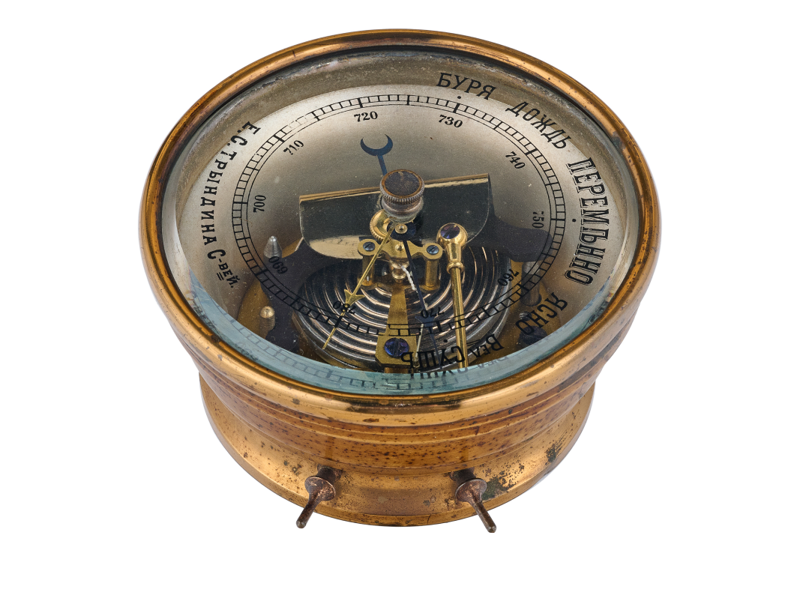
Barometers help predict the weather by measuring Atmosphere pressure. Until the middle of the 19th century, it can be measured It was only with the help of a mercury barometer. This is a tube, one end of which sealed, and the other is lowered into a container with mercury. Mercury fills the tube, and Atmospheric pressure is measured by the height of the mercury column in millimeters. Normal pressure is considered to be 760 millimeters of mercury. As pressure rises, mercury levels also become higher when decreases - mercury in the tube goes down. This instrument is believed to be invented in 1643 by a student of Galileo Galilei - an Italian physicist Evangelista Torricelli. 
Despite their high accuracy, mercury barometers have many disadvantages: they are fragile and bulky, and mercury vapor is hazardous to health. IN In 1844, the French physicist Lucien Vidi proposed the design an aneroid barometer that measures without the aid of mercury. 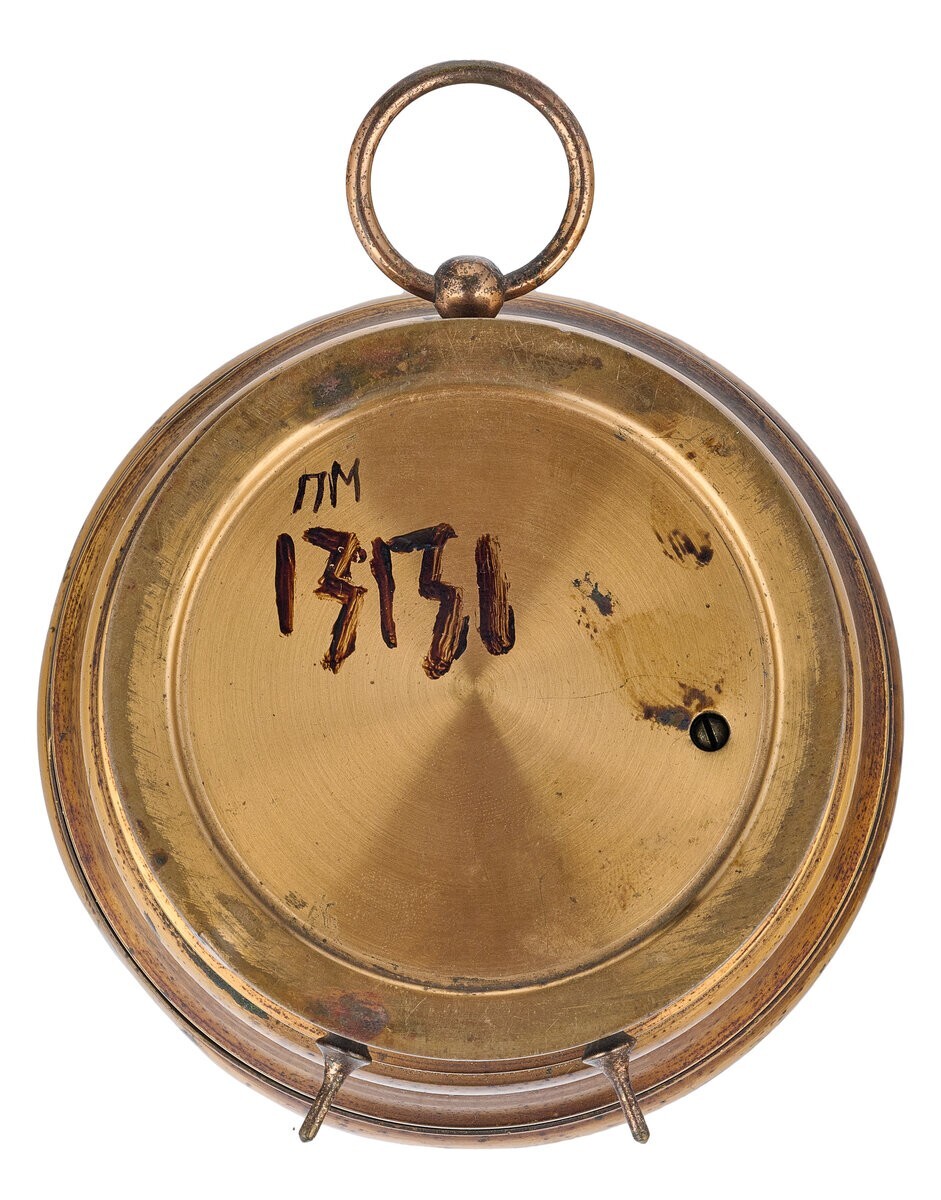
At the heart of the aneroid is a sealed metal cylinder with bases, on which concentric grooves are applied, giving grounds more flexibility. Air has been evacuated from the cylinder. With an increase atmospheric pressure, the bases bend inward, and when lowered - bend outward, acting on the attached spring. A spring with using a system of levers sets the barometer needle in motion. 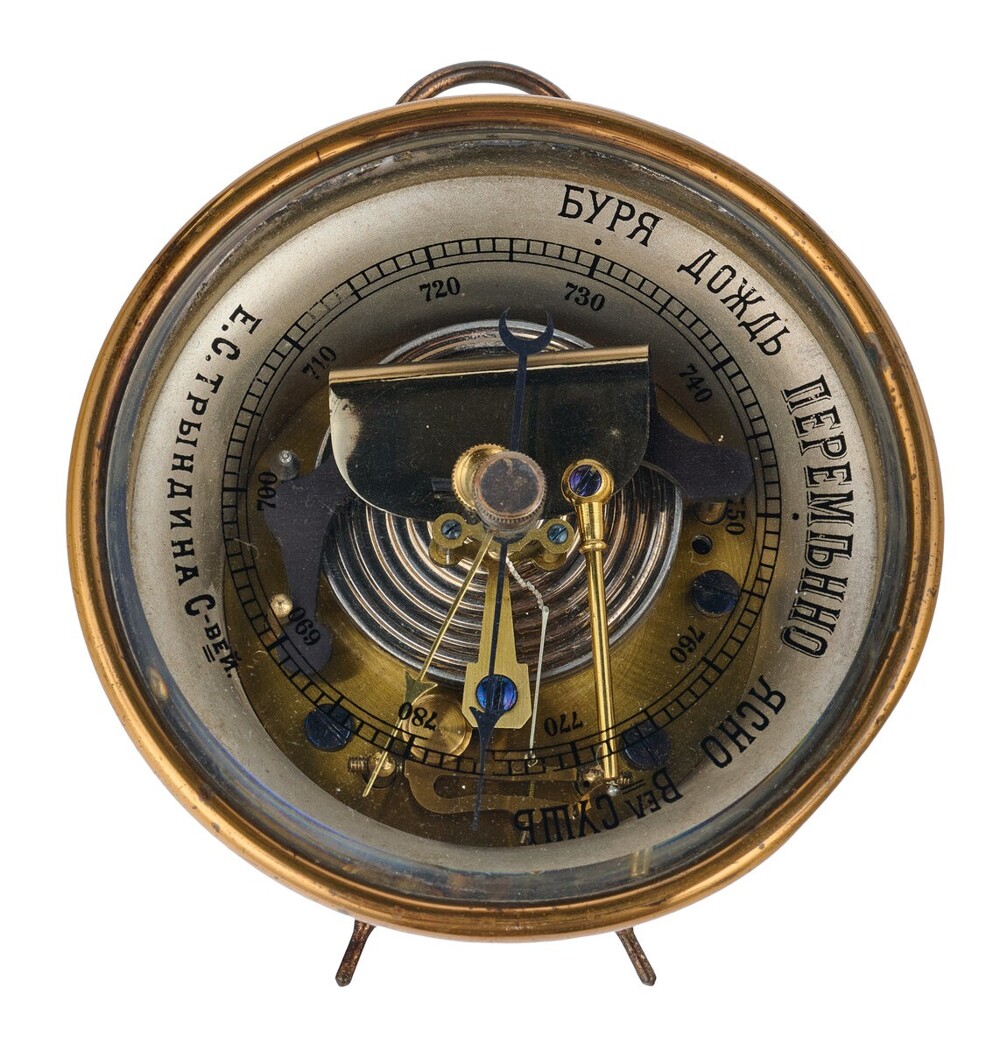
Aneroids are compact and safe, but also have a significant the disadvantage is that they are not very accurate. They also need adjustments. after all, the elastic properties of the cylinder body and the spring depend on temperature. In addition, these elastic properties change over time, so the aneroid have to be calibrated regularly - most often just with the help of mercury barometers. 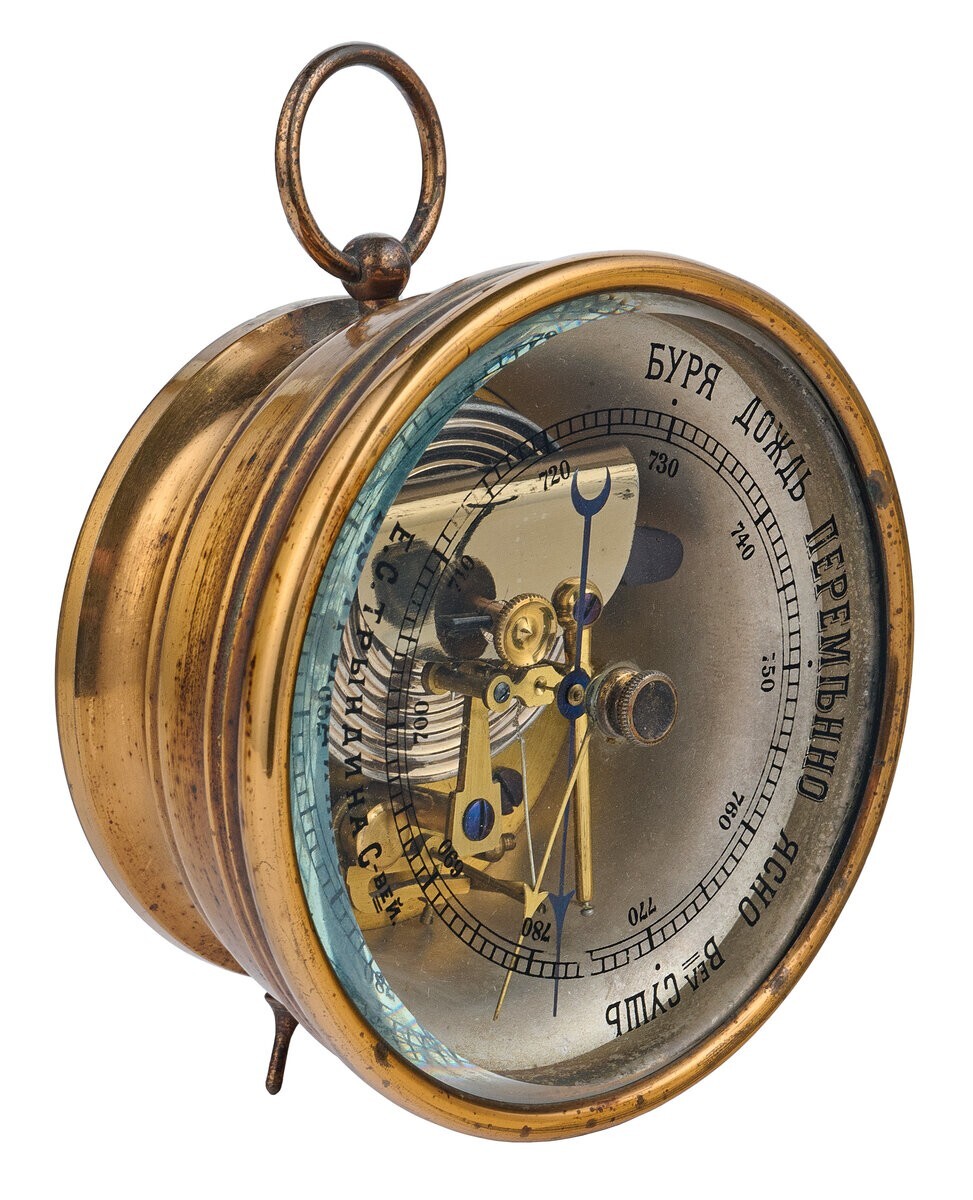
Aneroid from the collection of the Polytechnic Museum is made firm "E.S. Tryndina Sons. This company was one of the largest manufacturers of physical, geodetic and mathematical instruments. The company has grown from a small workshop, which The 1780s was founded by the Moscow mechanic Sergey Tryndin. His sons and grandsons continued and expanded the family business: in 1884 they opened a large factory and shops, as well as set up the production of medical tools.

